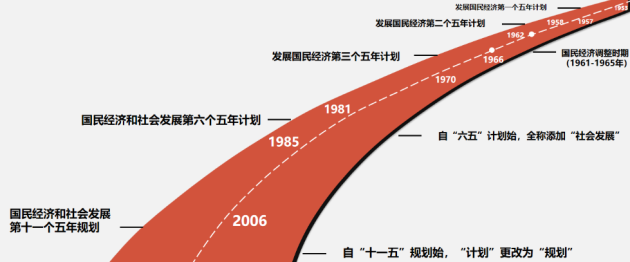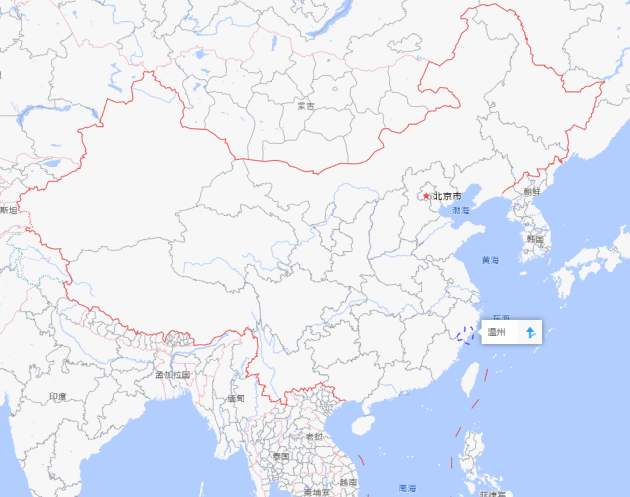"NBD Business Methodology" Editorial
In 1978, China began implementing its reform and opening-up policies. Over the past 40 years, China has transformed from a poor agricultural country into the world's largest industrial power, with its industrial output accounting for approximately 30% of the global total. Throughout this process, China has achieved impressive development across various sectors.
Through the "NBD Business Methodology" column, we aim to summarize the patterns of China's business development, distill the successful experiences of outstanding enterprises into methodologies, and create universally applicable models that can serve as a reference. This provides theoretical support for our future business decisions.
The core members of the NBD team are all from China. We have personally experienced China’s rapid economic development and have been involved in the development of numerous industries and brands.
Core Value of "NBD Business Methodology"
In medium- and large-sized enterprises, someone needs to conduct research and planning on the company’s development strategy, typically involving the CEO and core senior executives. To make it easier for everyone to understand the role of this position, we have given it a name: Business Architect.
The "NBD Business Methodology" is a curriculum that every business architect must read. If you want to become an excellent business architect or if your company wants to break through development bottlenecks, the "NBD Business Methodology" will provide you with unique answers. Our readers will gain at least the following two types of value:
Learn from Others' Models, Find Your Own Opportunities
By looking for replicable opportunities from others’ practical experiences, in many industries, China’s development has already taken the lead globally. The "NBD Business Methodology" not only summarizes past experiences but also continuously updates with the latest outstanding business models emerging in China.
Perhaps your country’s economy is in the same state as China was 20 years ago. By referencing China’s model and adjusting it based on your own country’s circumstances, you may find success and discover cross-era business opportunities.
Learn from Others' Mistakes to Warn Yourself
The struggles, bottlenecks, and mistakes experienced by many enterprises during their development are valuable assets for us. Some of these enterprises have already spent hundreds of millions of RMB to verify that certain models do not work. These experiences can help us avoid making the same mistakes.
A qualified business architect not only needs to learn from others’ strengths but also summarize others' mistakes as a warning for themselves.
What Does the "NBD Business Methodology" Cover?
The "NBD Business Methodology" covers not only business models but also topics such as geopolitics, brand positioning, equity design, user research, marketing, team management, and innovative thinking.
In each methodology, we will summarize the typical characteristics and pros and cons of the model, as well as the historical background and foundational conditions that make it successful, such as national policies, industry chain maturity, and user acceptance levels.
At the same time, we will use corresponding Chinese cases to illustrate, allowing readers to better understand the practical application of each methodology.
Who Is the "NBD Business Methodology" For?
Corporate CEOs
If you are the CEO of a medium or large enterprise, you need to think about the company’s long-term development and find new growth opportunities for the next cycle. Many outstanding enterprises achieved great success in the previous era but quickly faded in the new one. It is not because they did not work hard, but because the times have changed.
40 years ago in China, bicycles, sewing machines, televisions, and watches were the best assets a young person could have when getting married. These industries were the most popular at the time. Today, these industries have already become sunset industries in China.
Senior Corporate Executives
Senior executives need not only to help the company manage projects and teams but also to help the CEO discover new market opportunities. We always believe that an excellent senior executive needs to have the same business vision as the CEO, which is also an essential capability for someone transitioning from a manager to a CEO.
If you wish to be promoted from an executive to a higher role, your business vision is a key skill.
Entrepreneurs and Aspiring Entrepreneurs
For entrepreneurs, your resources—such as networks, capital, and teams—are limited. How to use those limited resources to open up the market and create a space for the company to survive is crucial. In the "NBD Business Methodology" column, many of the methodologies are leverage points for entrepreneurs. If you use these levers well, you can mobilize more resources.
In China, there is a saying that entrepreneurship is a "nine deaths, one survival" endeavor, meaning 9 out of 10 entrepreneurial projects fail, and only 1 survives. In reality, the success rate of startups is much lower than 10%.
Investment Firms and Investors
As an investment firm or a professional investor, you must possess a broader perspective than others. China’s business models and cases can provide a reference model, helping filter out high-risk projects and increasing the success rate of investments.
Moreover, it can also help you improve post-investment management. Many entrepreneurs are not good at business model design, and the ability of investment firms to design business models is one of the key factors for the success of investment targets.
Government Officials
In China’s development history, many local government officials, due to a lack of understanding of business, have implemented local regulations that restrict local enterprises' innovation. Of course, many visionary government officials have encouraged enterprises to innovate continuously, leading to the establishment of successful regional industrial clusters.
For the government, the key is to think about how to set a framework that allows enterprises to innovate within it. China has already proven the feasibility of regional innovation through “special zones,” with Shenzhen being a prime example. Government officials who understand business can better comprehend enterprises’ needs and create favorable policy conditions for them.


